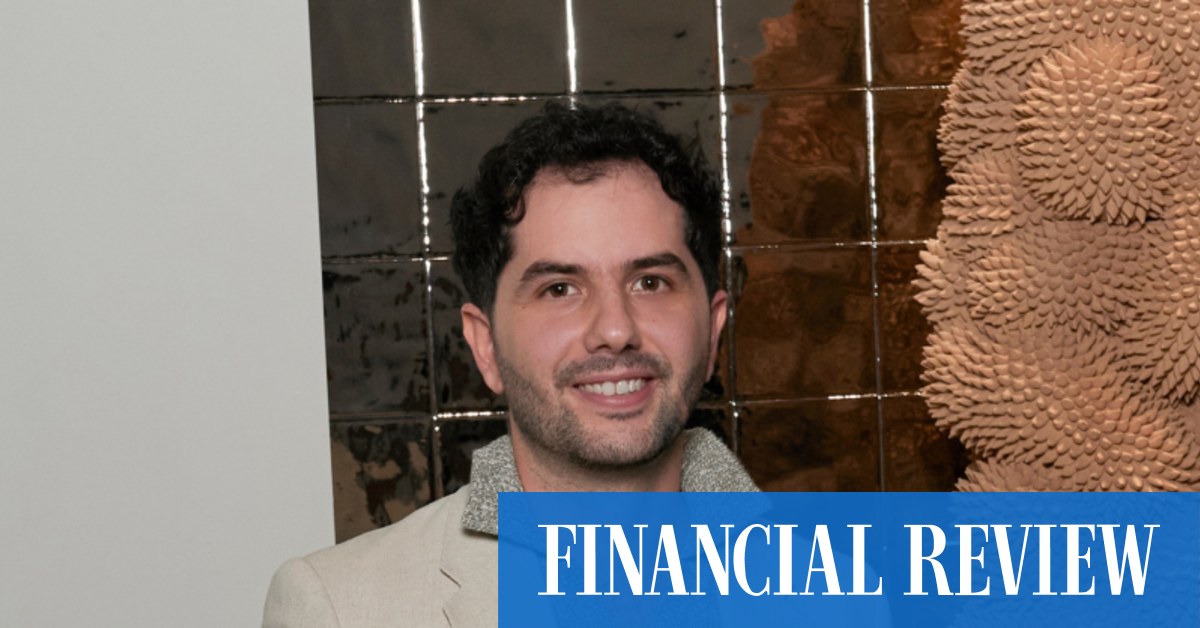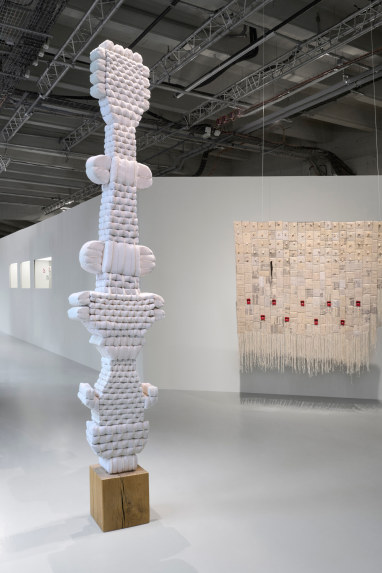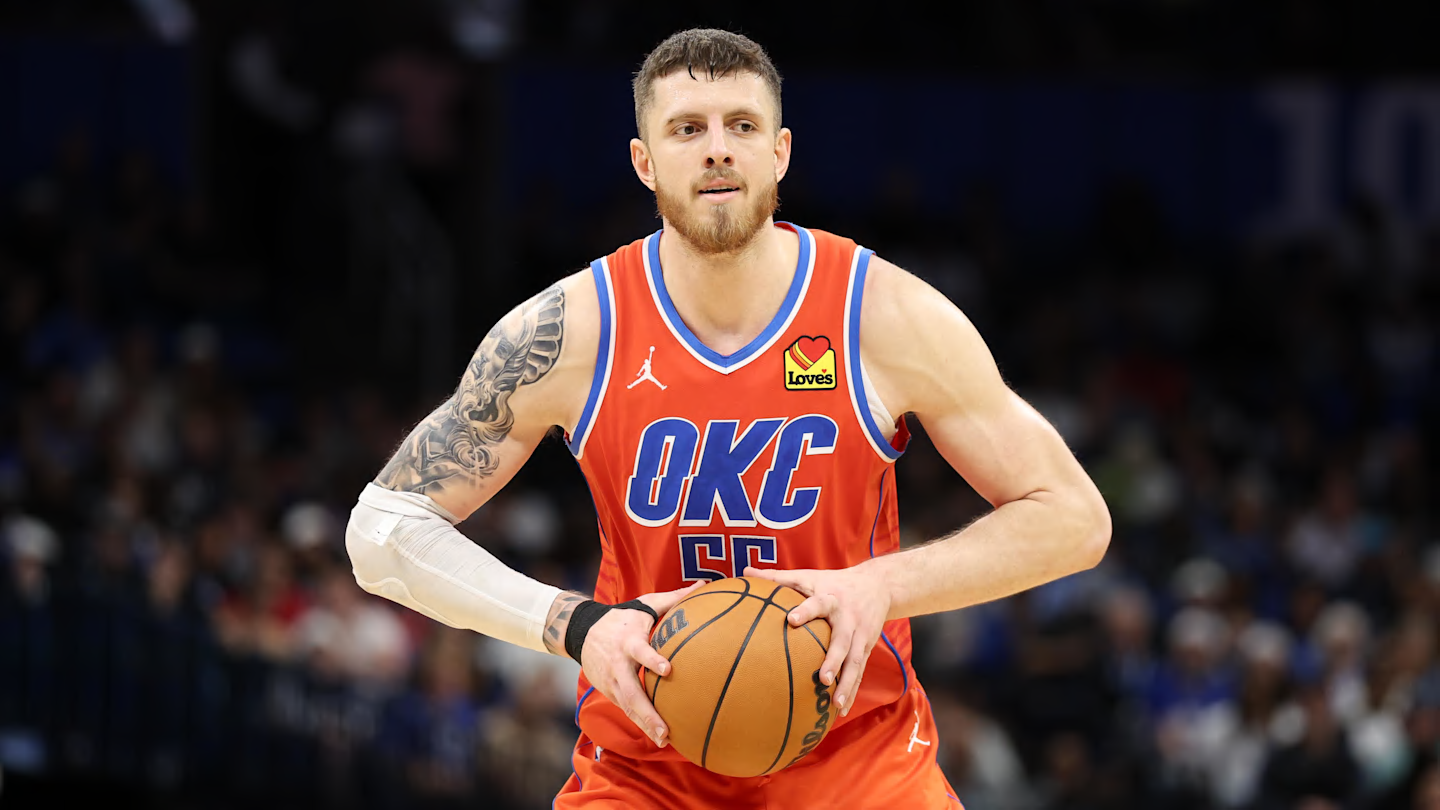Fashion
How this spiky sculpture got the fashion world swooning

“It feels like it could have been made a thousand years ago, it could have been made yesterday. It uses a very traditional technique of pinching, which is seen in Mexican, Indian, Arabic and African ceramics as well. But there’s something about the obsession of it that then creates a movement.”
For three-time jury member Abraham Thomas, a curator at New York’s Metropolitan Museum of Art, the work “feels emblematic of our times – sort of referring to certain traditions but also anticipating a future for ceramics and clay and craft in general.” It seems to come from “a post-digital craft moment”, he says, with a glitchiness often attributed to 3D-printed forms betraying its handcraft.
In Mexico, we say, ‘There is nothing new under the sun’ – which, for me, means that we pretend to know everything in this world.
— Andres Anza, ceramicist
For Anza, the work is simply an invitation to look closer.
“In Mexico, we say ‘There is nothing new under the sun’ – which, for me, means that we pretend to know everything we live with in this world.”
People think they know what the sculpture is, he says: “Maybe it’s something from the ocean, or from the desert; maybe it’s a fruit. But, in the end, it’s nothing. [They] have to discover what it is, surround it, take a look inside. And that’s how we make our relationships with people. We start superficially, and then we go deeper and deeper and deeper, and sometimes, when they allow us, we can see inside.”
‘Comme un Lego’, a coffee table fashioned in porcelain by Emmanuel Boos of France won special mention. On the wall is ‘Embroidered Royal Jumper for Peter Obi’ by Nigerian Ozioma Onuzulike.
The work of the 30 finalists in this year’s Loewe Craft Prize incorporates shapes that challenge the physical possibilities of the materials used. Many of the pieces elevate the everyday by recycling and repurposing ordinary objects.
For Ozioma Onuzulike of Nigeria, creating his ceramic tapestry was a months-long process that quite literally took a village. He worked with up to 20 assistants to make palm kernel-like clay shells, selectively dipping them into a glaze made with ash collected from his neighbours. The shells were then inlaid with the crushed glass of discarded bottles (picked up around the neighbourhood) and woven together with copper wire.
“I’m referencing the slave era, when the slave masters used glass beads from Venice as trade tokens,” he says of his work Embroidered Royal Jumper for Peter Obi. “But Africans later turned these items, which were symbolic of oppression, into prized objects of personal adornment.”
Dutch sculptor Saar Scheerlings used foam mattresses she bought from a bankrupt holiday park for her work Talisman Sculpture: The Column. She cut each into slices and sewed them into old French linens she gathered in the countryside where she lives. Throughout history, she says, people have used the materials at hand to make objects used in rituals, and it is this process of creation that “gives something a feeling of sacredness”.

Textiles finalists’Talisman Sculpture: The Column’ by Saar Scheerlings of the Netherlands. and ‘Harmony of Grigris’ by Ange of Mali.
Loewe has had a long-vested interest in the world of crafts, thanks to its origins as a collective craft workshop established in 1846. The president of the Loewe Foundation, Sheila Loewe, is the great-great-granddaughter of founder Enrique Loewe Roessberg, a leathermaker from Germany.
“Since I was a baby, I have learnt from my family to admire craftspeople,” she says.
In many parts of the world, skills would be lost without a new generation to continue them.
“By making this noise in the world about how special craft is, one of the dreams is to assure not only a present, but a future. So these young people are discovering the world of craft, and I’m very proud of that.”
At the end of the night at the Palais de Tokyo, actress Aubrey Plaza presents Anza with his award – alongside special mentions for sculpture artist and jewellery designer Miki Asai from Japan, designer Emmanuel Boos from France and sculpture artist Heechan Kim from Korea.
Instantaneously, a few hundred smartphones beam imagery and stories of their creations across the world.







/static.texastribune.org/media/files/f5fdb1dff4d6fd788cba66ebaefe08d0/Paxton_GOP_Convention_2018_BD_TT.jpg)


